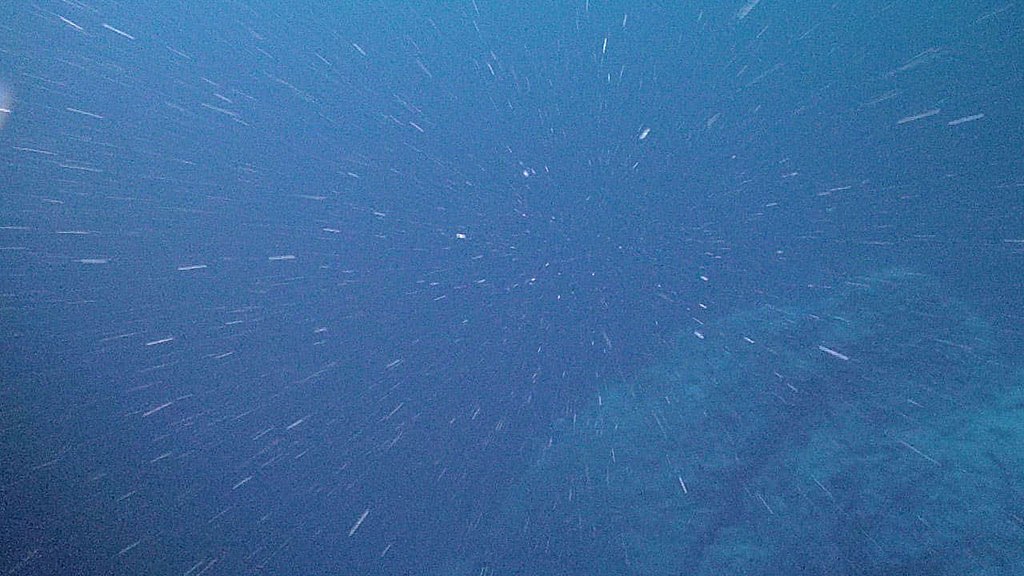
What is Marine Snow?
Marine snow falls to the ocean deep all year long – not just during the most wonderful time of the year! But you probably don’t want to build snow people or make snow angels in it.
Marine snow earned its name because of its white, fluffy appearance that makes the ocean look like the water inside of a snow globe. But what is it if not frozen water droplets? It is actually decaying organic matter, bits and pieces of no-longer-living plants and animals, combined with fecal matter, sand, soot, and other inorganic particles.
Marine snow travels from the ocean’s surface just like leaves yellow and fall from trees each year. Unlike leaves, these bits of fluff can fall for weeks at a time before touching the ocean floor (if they aren’t eaten by fish, scavengers, or filter feeders first!). If they reach the ocean floor, marine snowflakes become part of the muddy ooze that blankets it, trapping carbon, nitrogen, and other molecules in the deep ocean.
While marine snowflakes are more like dust bunnies than snow, it is a critical part of marine food webs and natural carbon and nitrogen cycles. Through measurements, scientists discovered that the content of marine snow can feed may of the scavenging species that call the deep ocean home, species like crabs, fish larvae, and other species whose only reliable food source is decaying material from closer to the ocean’s surface.
